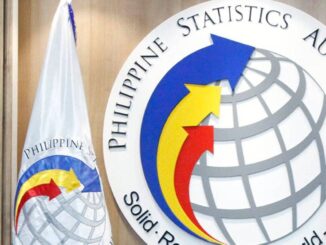
THE number of poor Filipinos declined last year to 15.5 percent of the population or 17.54 million people, the Philippine Statistics Authority (PSA) reported on Monday, putting the government on track to achieve single-digit poverty by 2028.
The 2023 poverty level was an improvement from the 18.1 percent posted in 2021, PSA data showed. It also beat the government target of 16.0 to 16.4 percent for 2023.
Poverty incidence among families — or the proportion of families whose incomes are insufficient to meet their basic food and nonfood needs — was recorded at 10.9 percent, equivalent to 3 million poor families in 2023. This was lower than the 3.5 million impoverished families recorded in 2021.
Informal settlers go about their daily routines at the urban poor community at Delpan corner Jaboneros Street in Binondo, Manila, on 23 April 2024. (PHOTO: MIKE ALQUINTO)
Socioeconomic Planning Secretary Arsenio Balisacan said the decline in poverty incidence last year marks significant progress toward the government’s ambitious goal of reducing poverty incidence to a single-digit level of 9.0 percent by 2028.
“These encouraging figures underscore our unwavering commitment to implementing effective policies and initiatives that uplift the lives of our countrymen,” Balisacan said.
Preliminary data came from the results of the Family Income and Expenditure Survey (FIES), conducted in July 2023, which covers income data from January to June 2023 and January 2024, covering income data from July to December 2023.
The PSA noted that the income data collected in the FIES comes from various sources, including wages and salaries, entrepreneurial activities, and other income streams.
These other sources encompass net shares, cash receipts from abroad and domestic sources, rental income, interest, pensions, dividends, net receipts, gifts (both cash and in-kind), and imputed rent.
In 2023, 2.7 percent of Filipino families, or about 740,000 families, had incomes insufficient to meet even their basic food needs. This equates to about 4.3 percent of the population, or 4.84 million Filipinos, living below the food threshold.
“Based on these preliminary poverty statistics, the poverty situation in the country has returned to its pre-pandemic level,” the PSA said.





Be the first to comment